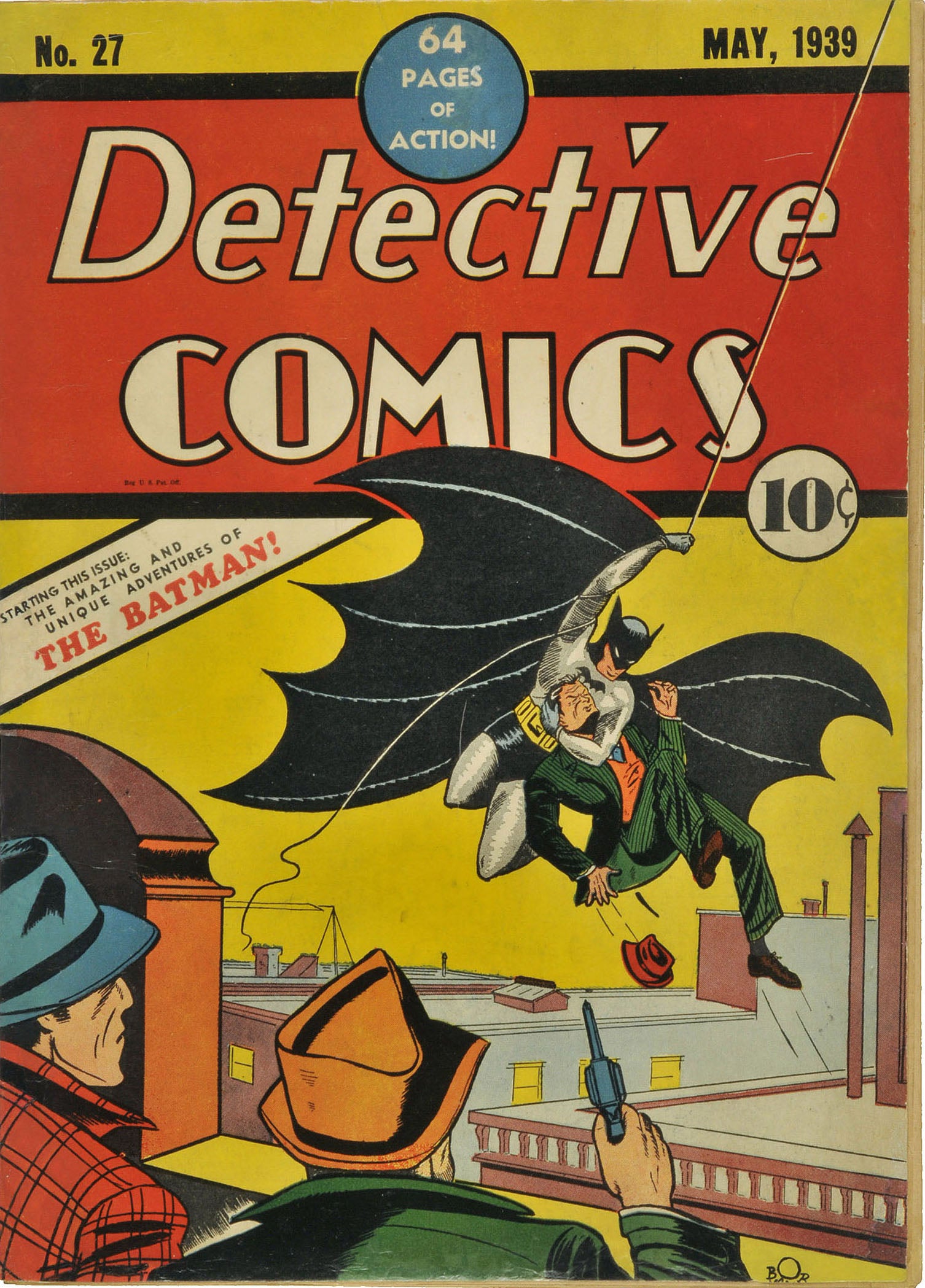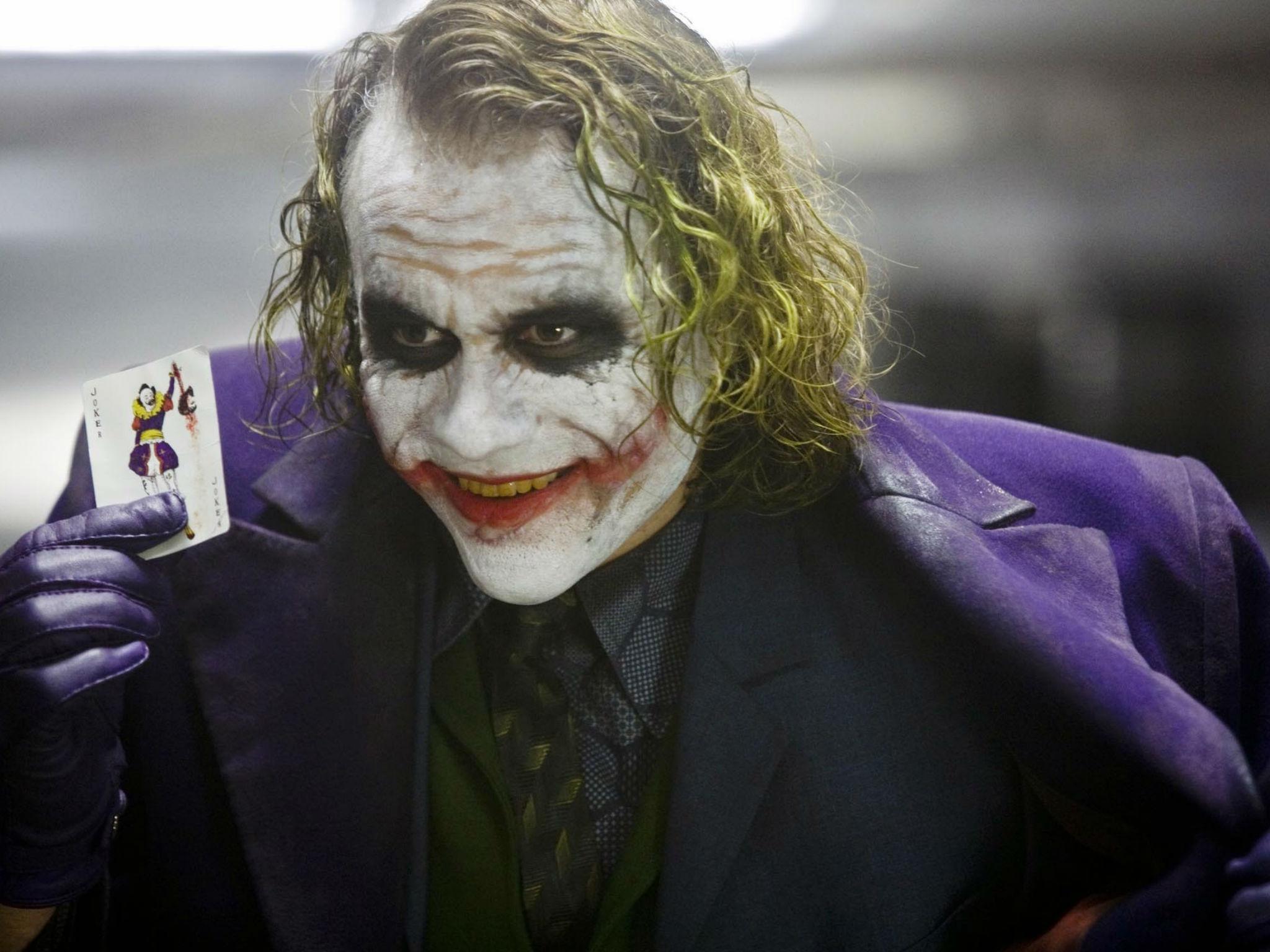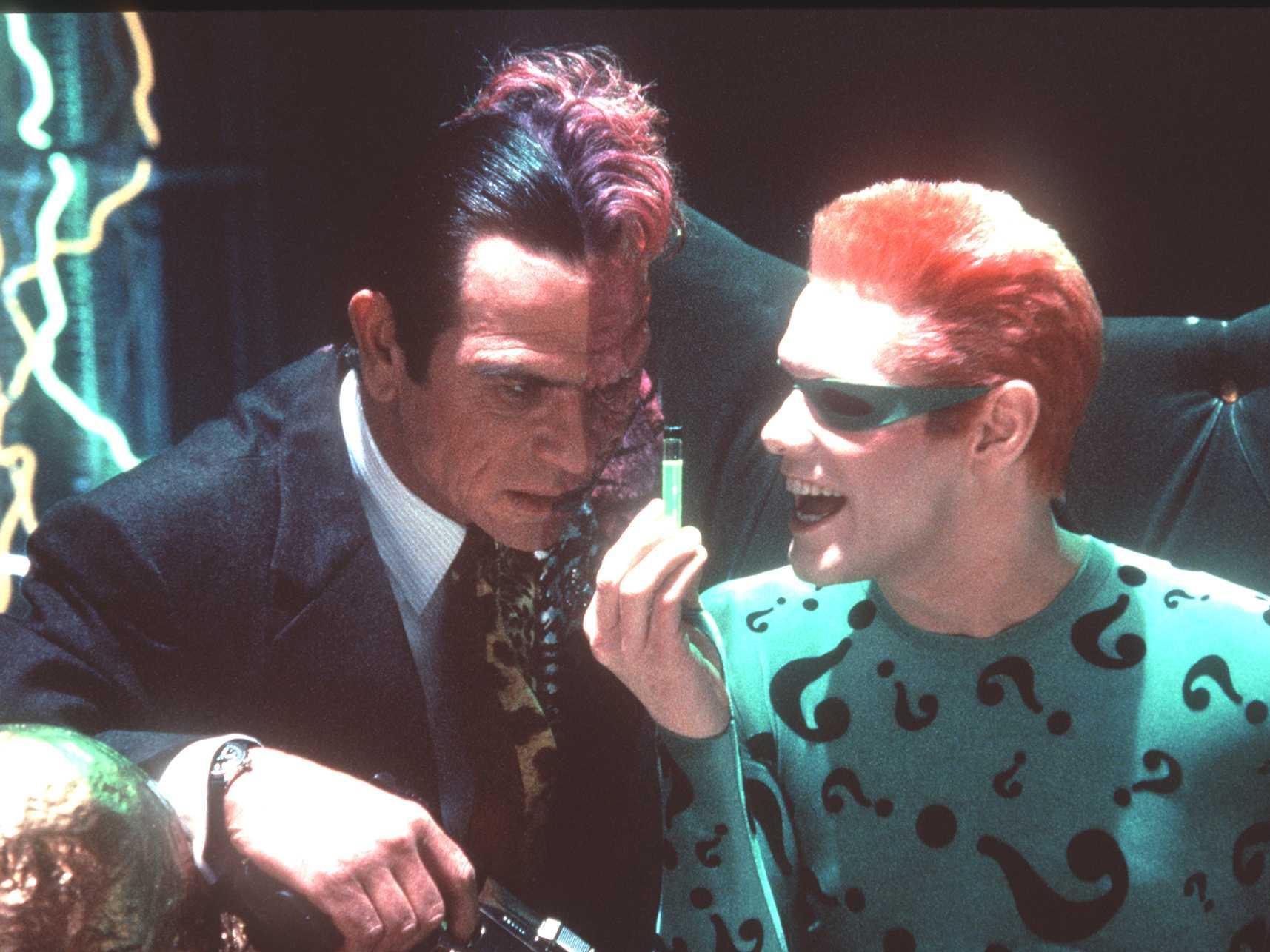Batman at 80: How the Joker, Penguin and Riddler reflect the Dark Knight’s tortured psyche
Gotham City’s villains each stand as a critique of the Caped Crusader’s troubled personality, casting his own image back at him like the shards of a shattered fairground mirror
Your support helps us to tell the story
From reproductive rights to climate change to Big Tech, The Independent is on the ground when the story is developing. Whether it's investigating the financials of Elon Musk's pro-Trump PAC or producing our latest documentary, 'The A Word', which shines a light on the American women fighting for reproductive rights, we know how important it is to parse out the facts from the messaging.
At such a critical moment in US history, we need reporters on the ground. Your donation allows us to keep sending journalists to speak to both sides of the story.
The Independent is trusted by Americans across the entire political spectrum. And unlike many other quality news outlets, we choose not to lock Americans out of our reporting and analysis with paywalls. We believe quality journalism should be available to everyone, paid for by those who can afford it.
Your support makes all the difference.Batman made his first appearance in the pages of Detective Comics #27, the magazine’s May 1939 edition, 80 years ago, swinging across the rooftops with daredevil ease.
Then known as “The Bat-Man”, with a hyphen, the character of Gotham City billionaire Bruce Wayne who dons a cape and horned cowl to fight crime by night was created by Bob Kane and Bill Finger, responding to the sensation caused by Action Comics’ introduction of Superman a year earlier.
With the world on the brink of a second war to end all wars, the introduction of these two heroic fantasy figures by American Jewish writers was no coincidence. Kane, Finger and their stable mates Jerry Siegel and Joe Shuster saw the fascist persecution of their people in Europe and dreamt up champions to come to their aid, just as the Golem had saved the Prague ghetto centuries before in the old legend.
Batman, whose origins are economically explained over two pages and just 12 panels in an early issue, took inspiration from masked pulp precursors like Zorro, The Phantom and The Shadow and stepped forth from the dark to thwart those who would prey on the vulnerable.
The Caped Crusader’s popularity has never waned across the intervening years while the character has proven surprisingly resilient and open to interpretation.
On screen, we have swung from the cartoonish Pop Art comedy of the Adam West TV series of the 1960s to the sleek, tech-fetish angst of Christopher Nolan’s Dark Knight Trilogy via the gothic noir of Tim Burton’s Batman (1989) and Batman Returns (1992) and the brooding Warner Brothers animated run of the early to mid-Nineties. Joel Schumacher’s two entries are best glossed over.
On the page, Frank Miller built on decades of strips when he updated Wayne for the age of Watchmen with The Dark Knight Returns in 1986. Miller imagined the hero as an embittered, ageing veteran who feels compelled to step back into the breach at 55 to battle cyber-punk violence in a dystopian future. Doing so opened the door for the likes of Alan Moore, Grant Morrison and Scott Snyder to take Batman into ever darker territory.
While Superman might be characterised by Lex Luthor as an “overgrown boy scout”, Batman has always represented a more sinister proposition.
The line between self-appointed guardian and narcissistic vigilante, projecting his own damaged psychology onto others, is a fine one and Batman’s struggle to walk it is what makes the saga so fascinating.

Watch Apple TV+ free for 7 days
New subscribers only. £8.99/mo. after free trial. Plan auto-renews until cancelled

Watch Apple TV+ free for 7 days
New subscribers only. £8.99/mo. after free trial. Plan auto-renews until cancelled

As conflicted as Hamlet, the Dark Knight bears the burden of his legacy and is forced to weigh the merits of his campaign on behalf of law and order with the responsibility he holds for the army of masked criminals his example has inadvertently inspired. Would the inmates of Arkham Asylum act as they do – and have hurt the people they have – had he not set the precedent?
“He shapes Gotham out of an obsession. Out of some pathological need,” the serial killer James Gordon Jr says of him in Batman: Black Mirror (2011).
What is too often overlooked is how subtly the Dark Knight's adversaries reflect back upon the hero like shards of a glass from a shattered fairground mirror. Each, by their very nature, sheds new light on Wayne – and the effect is seldom flattering.
“I am he as you are he as you are me and we are all together,” to quote the Beatles and “I Am the Walrus”.
The Joker’s role is the most obvious, standing for anarchy, chaos and disorder in diametric opposition to Batman’s crusade for justice. “Some men just want to watch the world burn,” Alfred Pennyworth says of him in Nolan’s The Dark Knight (2008). The Clown Prince of Crime wears loud colours, laughs maniacally and carries a trick revolver. His origins are confused and obscure. Batman, all in black and unsmiling, vows never to kill. His history defines his present.

“I don’t want to hurt you. I don’t want either of us to end up killing the other but we’re both running out of alternatives,” the Caped Crusader tells his tormentor in Moore’s The Killing Joke (1988). “Maybe it all hinges on tonight. Maybe this is our last chance to sort this bloody mess out. If you don’t take it, then we’re locked into a suicide course.”
Catwoman too offers a direct counterpoint but Selina Kyle chooses to use her abilities for selfish ends, not altruism. Her teasing efforts to tempt Wayne out of the shadows introduce a note of romantic levity into the expressionist nightmare world of Gotham – but the offer is serious. Why not abandon an unwinnable fight waged on behalf of an ungrateful populace and settle for personal contentment?

Other villains serve as a more overt critique of Batman’s methods. The Riddler, a compulsive puzzle-setter and clue-leaver, exists to taunt the Great Detective’s faith in logical deduction and rationality. Jonathan Crane, the psychotic psychiatrist who dopes his victims with hallucinogenic toxins as the Scarecrow, calls into question Batman’s adoption of fear as a weapon.
Two-Face serves not only as a grotesque, literal manifestation of Wayne’s dual identity but also represents the failure of legitimate means. Harvey Dent’s disfigurement and corruption at the hands of Gotham mobsters brings about not only his own destruction but also the end of Wayne’s hopes of ever being able to cast aside his cowl.

Ra’s Al Ghul, like Wayne, also seeks to eradicate crime but is prepared to resort to far more extreme measures to achieve it, his acts of terror a more apocalyptic provocation than the often whimsical challenges of the Joker.
Aside from Man-Bat, a mutant reversal of Wayne’s adopted persona, Bane is perhaps the most direct comment of all. He is likewise a self-made hulk who hides his face and apes the Dark Knight’s violence, ultimately turning his strength and tactics against Batman when he disables him by snapping his spine in the celebrated Knightfall arc of the comics of 1993-94.
Others show Wayne himself at a more intimate level.
Mr Freeze too defines himself by tragedy while the Mad Hatter embodies the loss of childhood innocence, his very existence an ugly perversion of the celebrated character created by Lewis Carroll, that top hat and frock coat directly inspired by John Tenniel’s adored illustrations from the Alice books.
The Penguin, meanwhile, parodies the establishment privilege and infinite wealth that makes Wayne’s grand project possible. Oswald Cobblepot is likewise orphaned and old money, a vaudeville vision of monocled, aristocratic greed and pretension, using his riches for ill.
The Wayne family have put their own capital towards philanthropic ends in the hope of reviving the economic fortunes of Gotham. But amidst the urban renewal, what about those left behind? Poison Ivy speaks for the environment, the vengeful fightback of the natural world, while monsters like Killer Croc and Solomon Grundy stalk the sewers, symbols of the forgotten and overlooked.
The city's homeless, equally lost, are weaponised against their failing protector by conman Deacon Blackfire in Jim Starlin's Batman: The Cult (1988).
But perhaps his worst enemy is none of the above.
In Morrison's Batman: RIP (2008), Bruce Wayne's Id is allowed to run rampant in the shape of the Batman of Zur-En-Arrh when the sinister Black Glove cabal seek to break him psychologically.
A more recent run of the comics from DC, Dark Nights: Metal (2017-18), builds on this idea by introducing a league of Batmen known as the Dark Knights, evil, alternate reality dopplegangers of Wayne who have assumed the powers of the Justice League. They are led by the Batman Who Laughs, a chain-sporting sadist worthy of Clive Barker who has himself absorbed the characteristics of the Joker, blurring that line still further.
These creatures make overt what has only previously been implied, that Batman is really – and has always been – at war with himself.
Aren’t we all?

Join our commenting forum
Join thought-provoking conversations, follow other Independent readers and see their replies
Comments